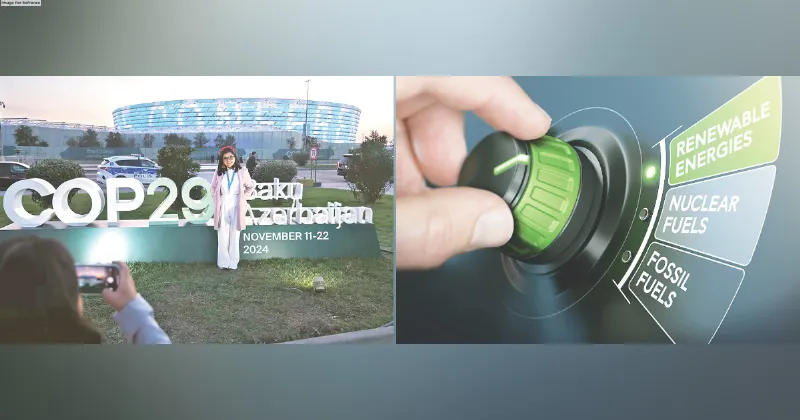COSMIC QUESTIONS WE CAN STOP ASKING

Whenever a riddle or dilemma doesn’t seem to be solvable, either you have to keep searching for the answer or you pause to consider if you are asking the wrong question. If you investigate the two biggest unsolved questions in science, two candidates appear.
What is the universe made of?
What is the biological basis of life?
On the surface, these seem like mysteries worth pursuing. Looking at the first question, it seemed until recently that physics had found the answer: The universe is made of subatomic particles like electrons and quarks, that vibrate in the quantum field. Then the biggest of all monkey wrenches was thrown in via the discovery of dark matter and energy. These, it turns out, may count for 95% of the known universe, which means that trillions of galaxies visible to the most powerful telescopes are less than 5% of creation, and if you include interstellar dust, even 5% might be too high.
The problem is that dark matter and energy don’t interact with the visible universe, or if they do, the interactions are nearly impossible to measure. A decision must be made. “What is the universe made of?” either requires investigations far beyond the current powers of modern physics, or the question was wrong to begin with.
To mainstream science, the second possibility seems absurd. Working physicists and astronomers can spend their entire careers studying the visible universe and the quantum field, awaiting the day when dark matter and energy reveal their true nature. But I’d propose that “What is the universe made of?” is in fact a wrong question.
What makes it wrong is reductionism, the guiding principle in every science that solves problems by breaking them down into smaller, manageable parts. This works brilliantly in chemistry. Break table salt down into sodium and chloride, and you have a reductionist answer. But as it happens, sodium and chloride are both poisonous, so why is salt essential for life itself? Reductionism can’t tell you. Taking another example, what if you wanted to know the origin of language? If you assembled a lot of people, recorded them speaking, and counted the number of words they spoke, or even the meaning of each word, reductionism fails again. The origin of language is in the mind, while words are the product of what the mind wants to convey. You don’t even need words to have language. If you ask a girlfriend or boyfriend, “Do you love me?” and they turn their backs, you know the answer without a word being spoken.
Now translate this into the origin of the universe. Reductionism has produced hundreds of subatomic particles, complex mathematical models about superstrings, and a vast invisible structure known as Hilbert space, and yet these, like words, are the products of an underlying source that you can’t get at by counting and measuring particles. The existence of dark matter and energy proves this.
So what’s the alternative if you grasp that “What is the universe made of?” is the wrong question? There needs to be a shift of gears, which amounts to a shift in worldview. This is the shift to wholeness, the opposite of reductionism. In science, this translates to the behavior of complex systems. For example, the bodymind is a complex system, and if you want to know, for example, why a person is depressed after a loved one dies, the concept of grief, which applies to the whole bodymind, is a far better answer than having a pathologist look at the brain cells of a person suffering from grief.
The keys to wholeness are three: qualia, entanglement, and consciousness. You need all three to get past the wrong questions. Qualia focuses on the quality of an experience. If you like chocolate, its taste is a quality that has nothing to do with breaking chocolate down into organic chemicals. Entanglement tells us that isolated events are totally interconnected. A simple example is being shocked by a loud bang. You jump, then you investigate where the sound came from, whether it is harmless or not, and then decide what to do. All these steps are entangled with each other. Finally, consciousness reduces the universe to experience. Dark matter and energy are beyond human experience, while the visible universe is geared to our experience of it (along with instruments that extend and amplify our experience).
These three keys—qualia, entanglement, and consciousness—sound abstract, but they are the bedrock of the human experience. Humans experience the world through the specific setup of our nervous system; we form complex relationships that connect the dots between isolated events, and we navigate our lives consciously. The world’s spiritual traditions, along with art, music, and civilization in general are based on these complex relationships.
A briefer explanation suffices for the second question, “What is the biological basis of life?” If you approach this through reductionism, you wind up with counting and measuring building blocks like proteins, yet there are up to 2 million proteins in a cell, each performing a specific function through processes that last a few thousandths of a second. The task of explaining life in this way is futile. The whole mystery of a cell is that DNA knows what it is doing. Counting billions of genetic base pairs in human DNA gives you a map of the human genome, but it gets nowhere in explaining how DNA, and the living creatures that sprang from it, know how to live. A tiger is fierce, a lamb is gentle. We know this through our three keys—qualia, entanglement, and consciousness—not through biochemical analysis of their DNA.
THE VIEWS EXPRESSED BY THE AUTHOR ARE PERSONAL
DEEPAK CHOPRA The writer is MD, FACP, FRCP founder of the Chopra Foundation, a non-profit entity for research on well-being and humanitarianism, and Chopra Global





















